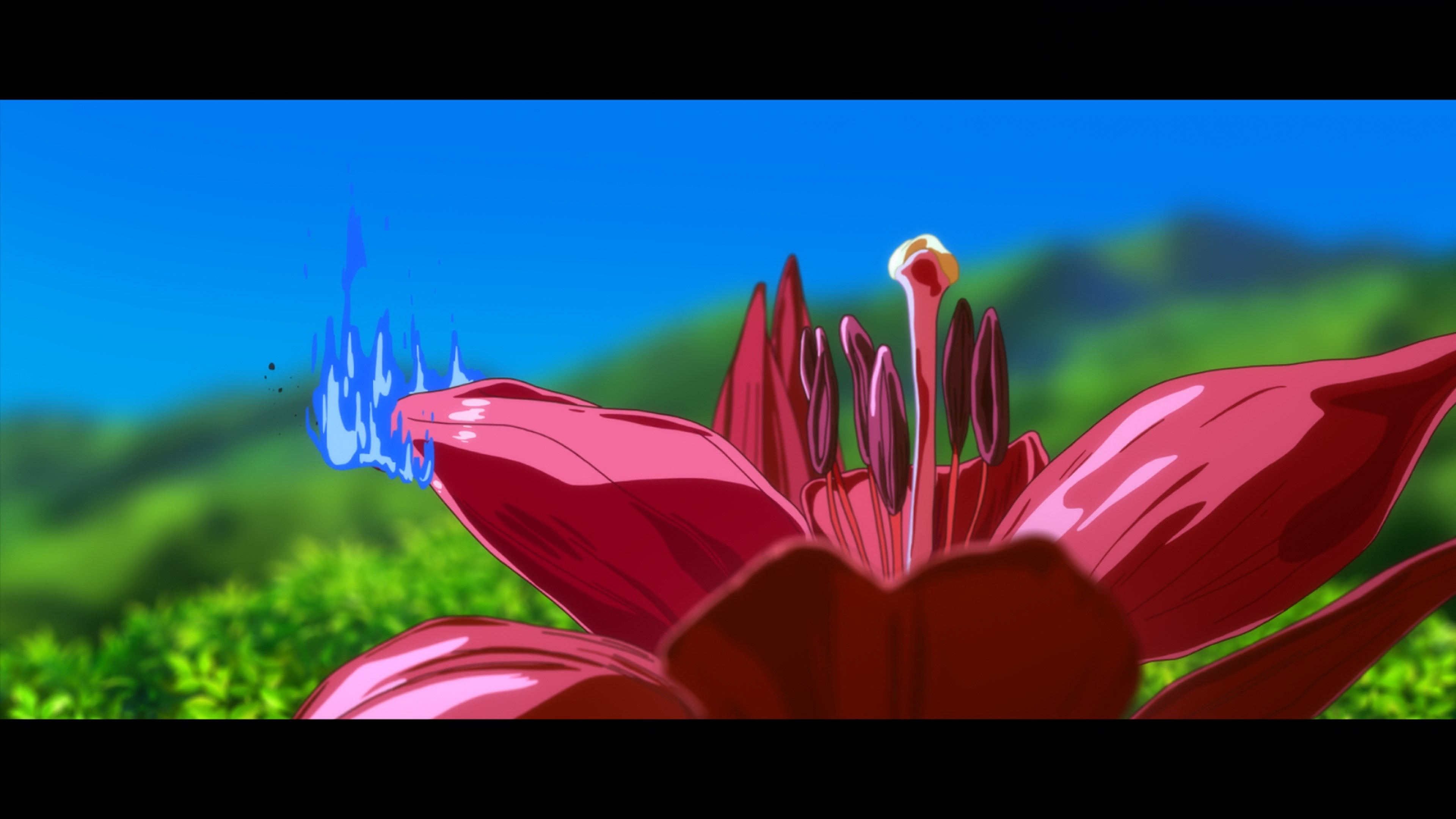This development will also be traced in current television collection. In Apple TV+’s Severance, biocorp big Lumon manufactures mind chips that enable customers to “sever,” or swap on and off between, their work and personal lives. Grieving widower Mark Scout (Adam Scott) is compelled by the science as an opportunity to forget his spouse’s going for eight hours a day, rendering a version of himself that isn’t solely a professionalductive worker, but additionally lives relatively pain-free. The professionalcedure will not be without its down sides. The severance chip, activated by a spatial sureary, ultimately impacts a temporal dissonance: office-bound ‘innies’ experience life as a continuous workday – “Per weekfinish simply happened? I don’t even really feel like I left,” notes Britt Decrease’s Helly R – whereas their ‘outies’ miss entire chunks of time. The present actualizes this discrepancy in episodes that happen in “actual time,” like in the primary season’s whirlwind finale, or totally within the warped linearity of the severed ground, as in the second season’s première, in which the time elapsed for the reason that occasions of the primary season is deliberately misrepredespatcheded to audiences and innies alike.
As with Invention and The Shrouds, the functionality of the tech on the root of Severance’s sci-fi conceit is echoed by the televisual technology that professionalduces the present. Historically broken up by advertisements, episodes, and seasons, television – perhaps much more so than cinema – depends on time as its organizing principle and primary medium. “The main category of television” wrote theorist Mary Ann Doane in 1988, “is time.” The literally mind-bending technology of Severance, employed in the case of its professionaltagonist to mitigate grief, splices time in the identical mode as, nicely, a TV present.
In some methods, this reflexive pattern harkens again to the earliest days of moving picture culture, when the expertise’s newness typically noticed it put in conversation with modern anxieties over accident, disaster, or demise. Early movies like, as an illustration, the aforemalestioned comic trick movie, The Huge Swallow – in which a man strategyes a camperiod photographing him and, in an act of irritation or amusement, eats it entire – performed on the movie apparatus’ ability to capture or depict nonexistence. The place the movie may be assumed to finish with a black display, because the camperiod itself is swallowed, we’re as an alternative proven the tripod and photographer disappearing into darkishness, suggesting that movie has somehow been in a position to capture an afterlife, even after its personal demise.
The impact of movie’s ability to repredespatched demise has been the subject of a lot criticism and foundational theory. In 1951, French critic André Bazin suggested that movie’s ability to capture and then repeat the unrepeatready second of demise – as in the documalestary he was assessmenting, Myriam Borsoutsky and Pierre Braunberger’s Bullcombat – may each “desecrate” the ultimateity of loss, whereas additionally rendering it “much more moving.” That ambivalence is then affirmed in these current works the place the sci-fi technology marshalled to counteract their characters’ grief does little greater than complicate it. Mark Scout’s inability to recall the lack of his spouse leads him to show his again on her by the top of the second season. Invention’s Callie, after operating the healing machine, is moved to assistmuch less tears moderately than some deeper sense of peace or comprehension. The Shrouds ends ambiguously, with Karsh appearing to maneuver on from his spouse whereas, after all, continuing to see her all over the place.
However the lack of resolution is what makes these current works such effective meditations on what moving picture technology is aware of of – or owes to – demise. Over the previous few years, photographs of devastation have professionalliferated throughout cell plattypes, streamers, and huge screens alike. Fears that such photographs may render viewers desensitized to grief or violence are counteracted by tasks that discover visual mediums as instruments for facing the autumnout of demise head on. If there is no such thing as a deal withment for grief, cinematically, it’s perhaps solely as a result of such deal withment is necessarily ongoing, at all times unresolved. As technology continues to advance into realms some may name post-human, these current works affirm that it might probably nonetheless stay a software for exploring essentially the most human factor: life and our responses to its finishing. By inviting viewers to see movie and television as a form of “GriefTech,” these works beneathrating the blinding inevitability of loss without fliping from it. That’s: we solely truly lose if we refuse to maintain wanting.










